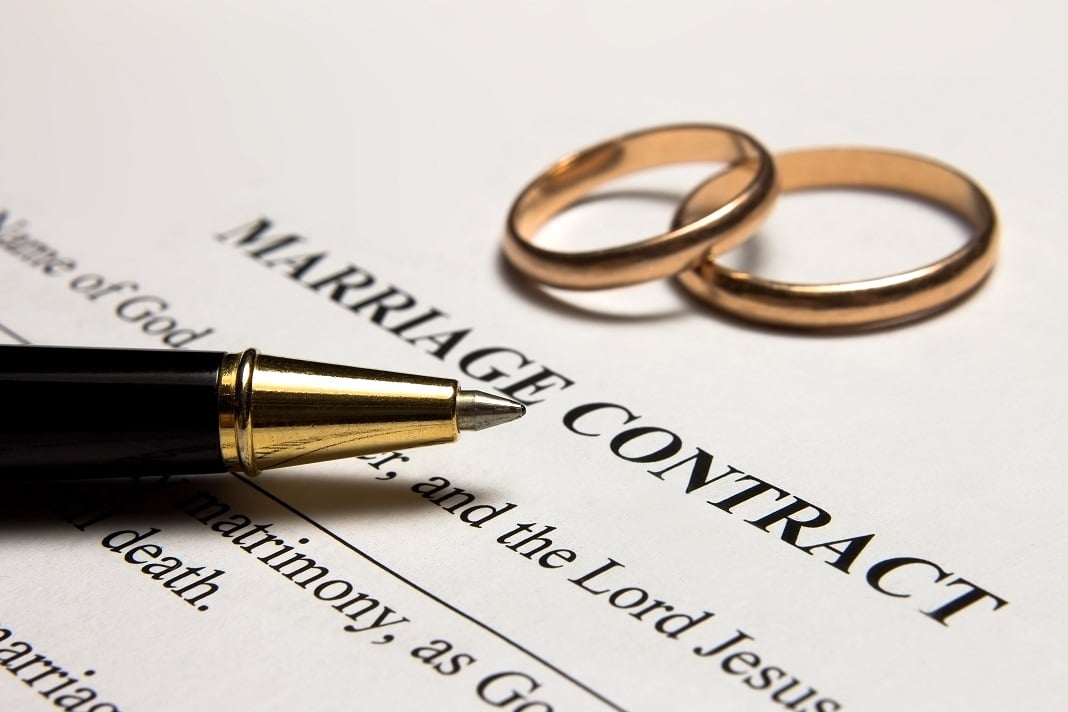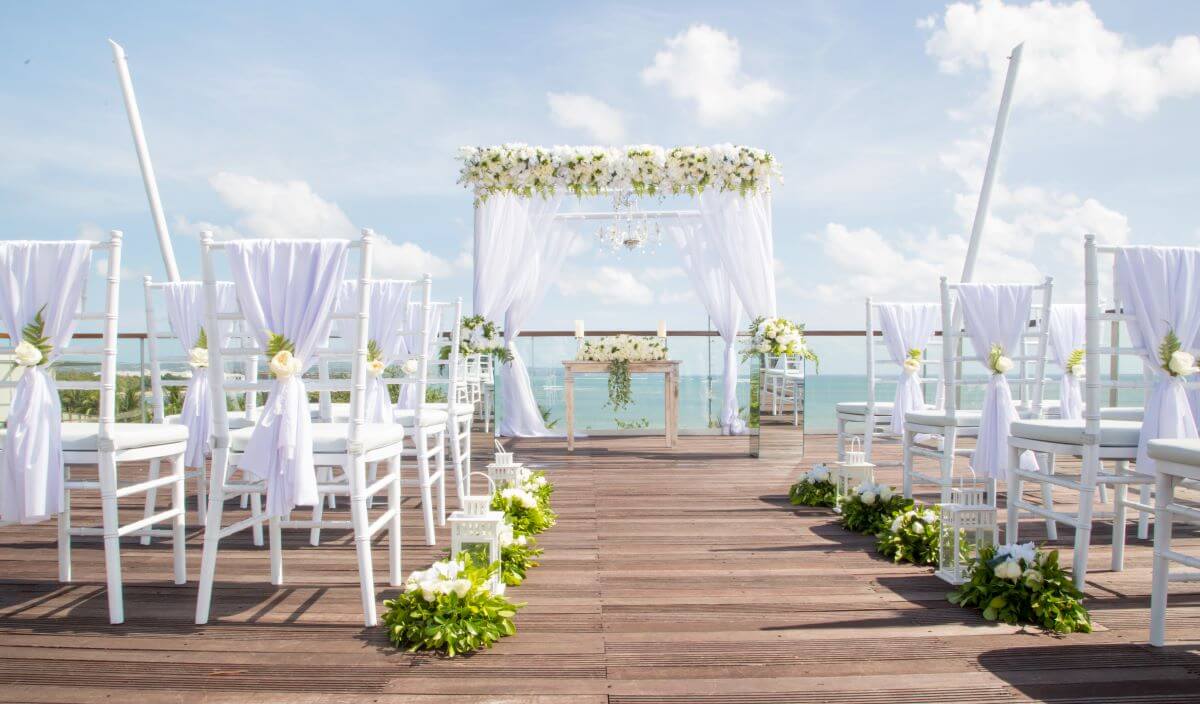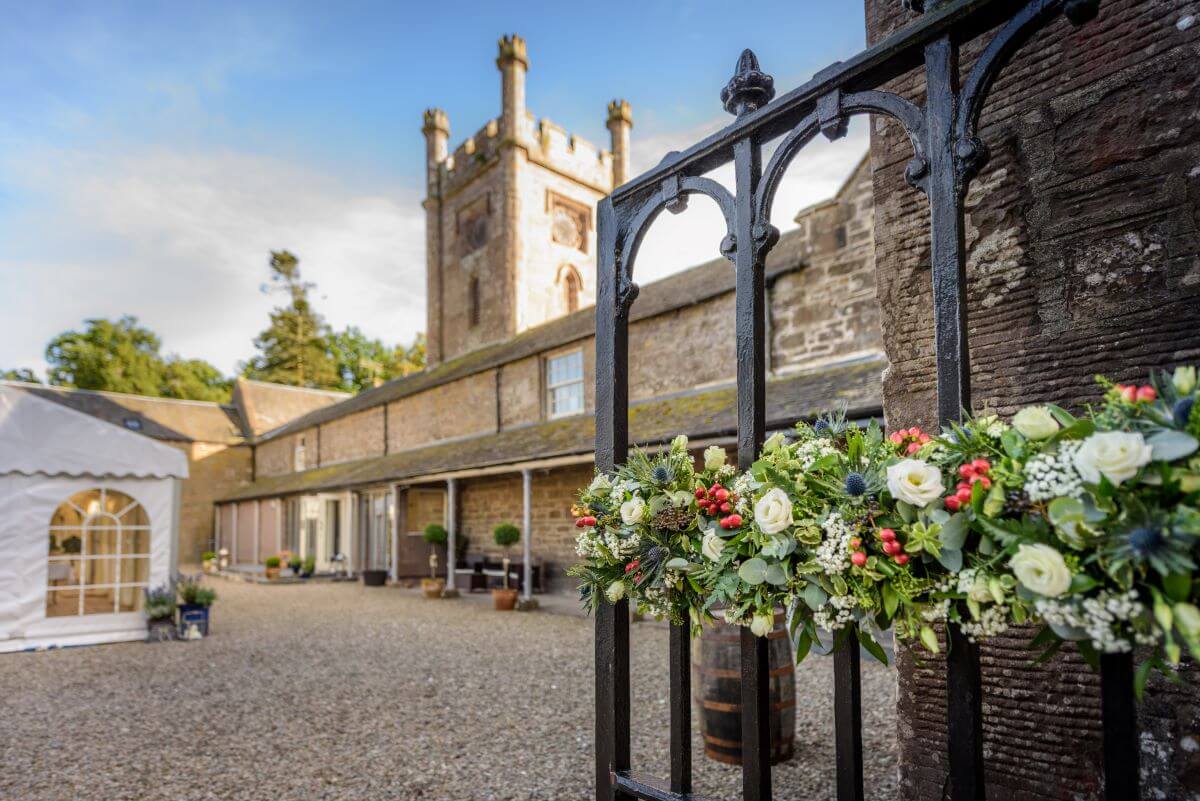Wedding rings are one of the essentials in a wedding. It is not only important during the wedding day but also for the rest of the married life. They have different designs; some are just plain bands while others possess various patterns and intricate designs which will also vary according to the preference and style of the buyer. Though there are many wedding ring designs, they all have one common function and that is to represent love to your spouse, symbolized by actually wearing it.
So are you looking for wedding ring terminology? We’ve gathered the common and uncommon terms that you may run into when searching for a wedding ring. You may even want to print out this page as a cheat sheet to take with you to the jeweller!
Band – A band is a plain ring that fully encircles the finger. You may also hear this term used to describe the metal portion of a ring with a stone set in the centre, although that is more commonly known as a shank.
Mounting – Also known as the setting, this term refers to the portion of the ring that stones are set into. There are also a large range of different setting types with their own specialist terminology.
Ring Engraving – This can refer to a decorative pattern or words which are etched into your wedding band. This can be done in a variety of ways including by hand or by laser.
Ring Width – The amount of space along the finger the ring covers.
Ring Profile – The shape of the ring.
Ring Size – The size of the ring, which is measured from either the leading edge of a ring, or the centre point. You will find that there is no industry standard for ring sizing and sizes will vary from company to company. The width and profile of the ring can affect the way a ring will fit.
Ring Finish – The external metal look and feel of the ring.
Shank – The part of the ring that surrounds the finger, usually describing an engagement or cocktail ring with a larger stone setting.

Wedding Ring Styles
While a plain band may seem like a simple purchase, there are actually many types of wedding ring styles available. You need to know what they are, the correct wedding ring terminology to describe them, and how to choose the best one for you and your partner. Our terms below will help you pick the best ring for your special day that you will want to treasure for the rest of your life.
Celtic – A ring containing a Celtic knot design that symbolises endless love as the knot is never-ending without a beginning or end.
Contemporary – A modern and stylish design for individuals who are looking for an elegant but unique wedding ring.
Decorative – A style that uses decorative touches such as millgrain edges, grooves and bevelled edges.
Plain – A simplistic and smooth ring design with no diamonds or embellishments.
Diamond-set – Diamond set wedding rings are usually variations of plain or shaped bands with added stones.
Eternity – An eternity ring is a ring with diamonds set around the entirety of the band. Usually there is very little metal on show, allowing the stones to be the focal point of the ring. You can also purchase a half-eternity ring, which has stones around only half of the band. This gives the same visual affect of a full eternity ring when viewed from above.
Sandcast – Hand-made rings that are created using a metal casting method that uses sand as the mould material.
Shaped – A ring that is shaped to fit perfectly next to your engagement ring.
Two-metal – A two-metal or multi-metal style where two separate bands are sintered together using a specialist machine.
Wooden – Style designed in a variety of different metals, profiles and widths with an inlay of mahogany, oak and yew.

Wedding Ring Metals
When searching for the perfect wedding band, it is often difficult to determine what metal is best. Each metal has a certain quality and aesthetic to it which can help make or break the overall appearance of the ring. These materials also wear very differently and have a range of different physical properties. It is up to you to determine which properties are the most important to you when selecting a wedding ring. Here is a rundown of the most popular materials used and their key properties.
9k gold – Created of 37.5 parts gold. 9k gold is the most common grade of gold used for wedding jewellery in the UK. Due to a lower gold content, 9k gold can be more brittle than other gold alloys.
14k gold – Created of 57.5 parts gold. 14k gold is popular in Europe for wedding jewellery, and has a beautiful deep yellow tone. It appears more gold than 9k, but has a lower price tag than 18k.
18k gold – Created from 75 parts gold. The higher gold content gives 18k gold a beautiful buttery yellow tone. It also makes the alloy softer than others, so you can expect an 18k gold ring to develop a patina on its surface.
24k gold – The purest and softest form of gold. For some cultures 24k gold is considered the only choice for wedding jewellery. It has an undeniably beautiful colour and lustre, but is very soft for daily wear.
Alloy – A mixture of 2 or more metals
Gold plated – A very thin layer of pure gold used to coat another metal type. Jewellery plating is applied using electromagnetism which allows the metals of the surface electrons to fuse with those in the plating material.
Palladium – A naturally white metal from the Platinum group of metals. Softer than Platinum, Palladium has the hardness of 19k gold.
Platinum – A silvery-white metal which is valued for its strength and metal memory.
Rose Gold – A type of gold that is alloyed with copper to produce a rose tinted hue. Rose gold was first popularised in Russia by Faberge and is sometimes known as Russian gold.
Silver – A white, malleable metal. Sterling silver is a softer metal that is prone to scratching and other damage. Unlike gold or platinum, silver has a greater tendency to oxidise which can cause the metal to turn black or blue.
Tungsten Carbide – A compound of tungsten and carbon that is hard and durable. It will withstand any degree of wear and tear and remain in great condition.
Titanium – Titanium is the strongest natural metal on earth . It is lightweight and non-corrosive, making it an ideal material for anyone who works with their hands.
White gold – A type of gold which is alloyed with either silver or palladium to produce a silvery white colour. While gold jewellery is usually sold plated with rhodium to maintain the bright white lustre. White gold is available in 9k, 14k, and 18k.
Yellow gold– Any karat of gold that retains its natural yellow hue.
Zirconium – A pure, hardwearing and hypoallergenic metal that is grey and shows a bright shiny finish when polished. When heated to specific temperatures, the surface colour of the metal turns black. This is known as black zirconium.

Wedding Ring Engraving
A wedding is one of those milestones in your life that you want to make sure will never be forgotten. One way to ensure people don’t forget a special occasion is by engraving their names or other words on their rings.
Engraved wedding rings can help you share special moments from your life with each other. A wedding ring that is engraved makes it personal to the people involved; it shows a piece of who you are, and what makes your relationship unique.
Hand engraving – A traditional method of engraving which uses precision tools top apply patterns or lettering painstakingly by hand. This is a highly trained skill possessed by only a handful of people.
Machine engraving – A method of engraving which uses a machine equipped with a diamond tipped cutter. This method of engraving is usually only available on the interior of rings.
Laser engraving – A state of the art method of engraving which utilises a precision laser to apply lettering, patterns or images to the surface of a ring. This is a highly technical process which has fantastic results. Almost any engraving is possible with laser.
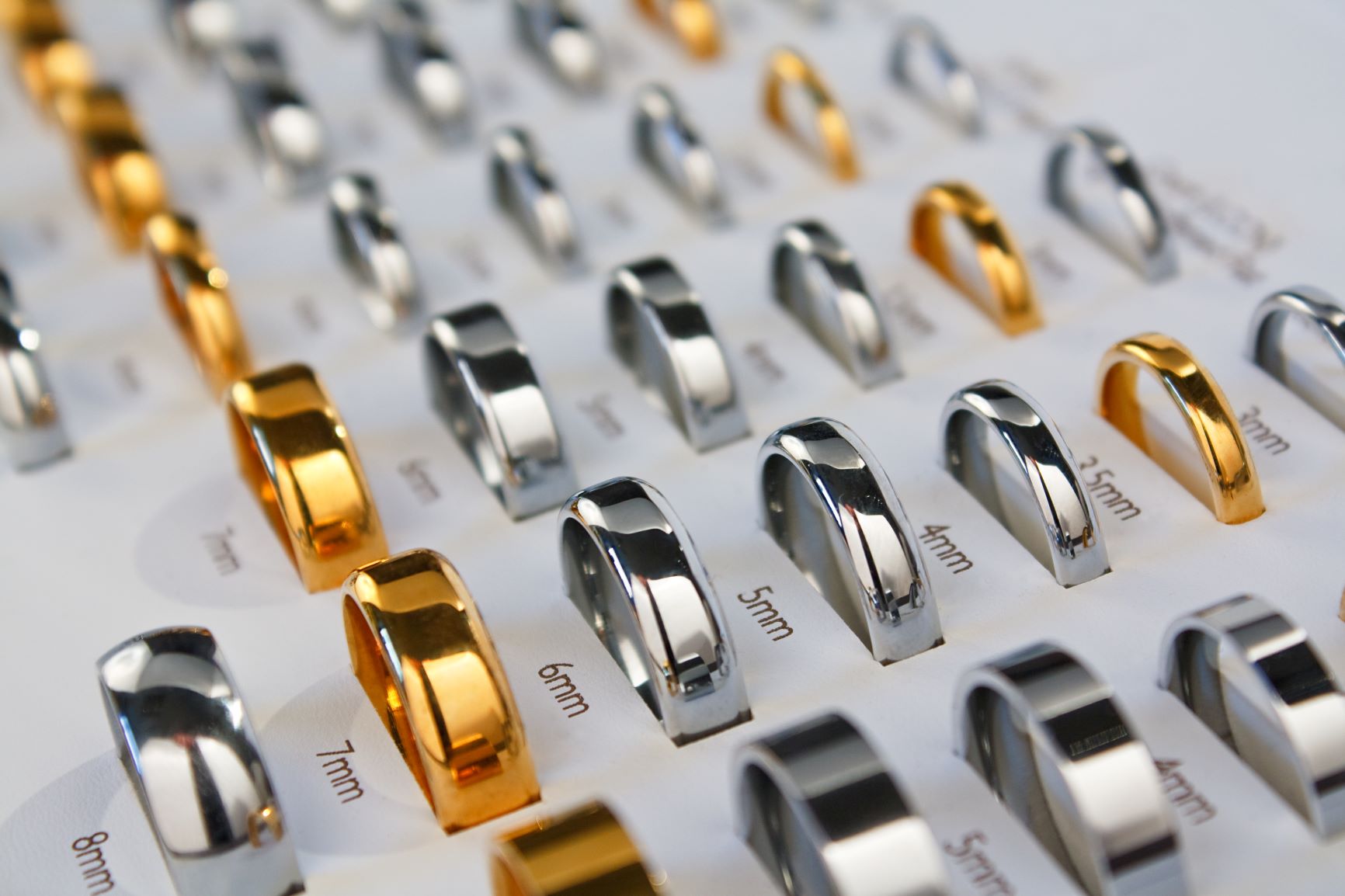
Wedding Ring Profile
Choosing the right wedding ring shape can be a bit overwhelming. There are so many different options and each one has its advantages and disadvantages. It’s important to choose the wedding ring that best fits you and your partners’ personal style. Try and try on different profiles before committing, as what you end up preferring may surprise you! That way, you will be happy with your choice for a long time to come.
Classic Court – The most traditional shape for wedding rings. The court profile is oval-shaped in cross-section. It is curved on the inside, outside and side of the ring, creating a comfortable fit.
Classic D Shape – D-Shaped rings are flat on the inside and curved on the outside of the ring. The outside curves are rounded for a softer and classic finish.
Classic Flat – Popular with women and men, the ring is flat on all sides resulting in a modern and clean-looking ring.
Double Comfort – A double comfort ring is in essence a flat profile with the outer corners softened. This creates a modern sleek look but feels more comfortable on the hand.
Flat Court – A cross between a flat and a court, the flat-court profile has a flat outer face with a curved interior. This gives the sleek look of a flat with the comfort of a court.
Halo – A classic profile where the ring is perfectly round when viewed as a cross-section.
Knife Edge – Knife edge bands are traditionally very thin in appearance. The style features two slightly slanted sides that meet at a point at the top of the ring.
Modern Court – A contemporary looking design that is flat-sided. A practical shape that can be used for decorative or stone set rings.
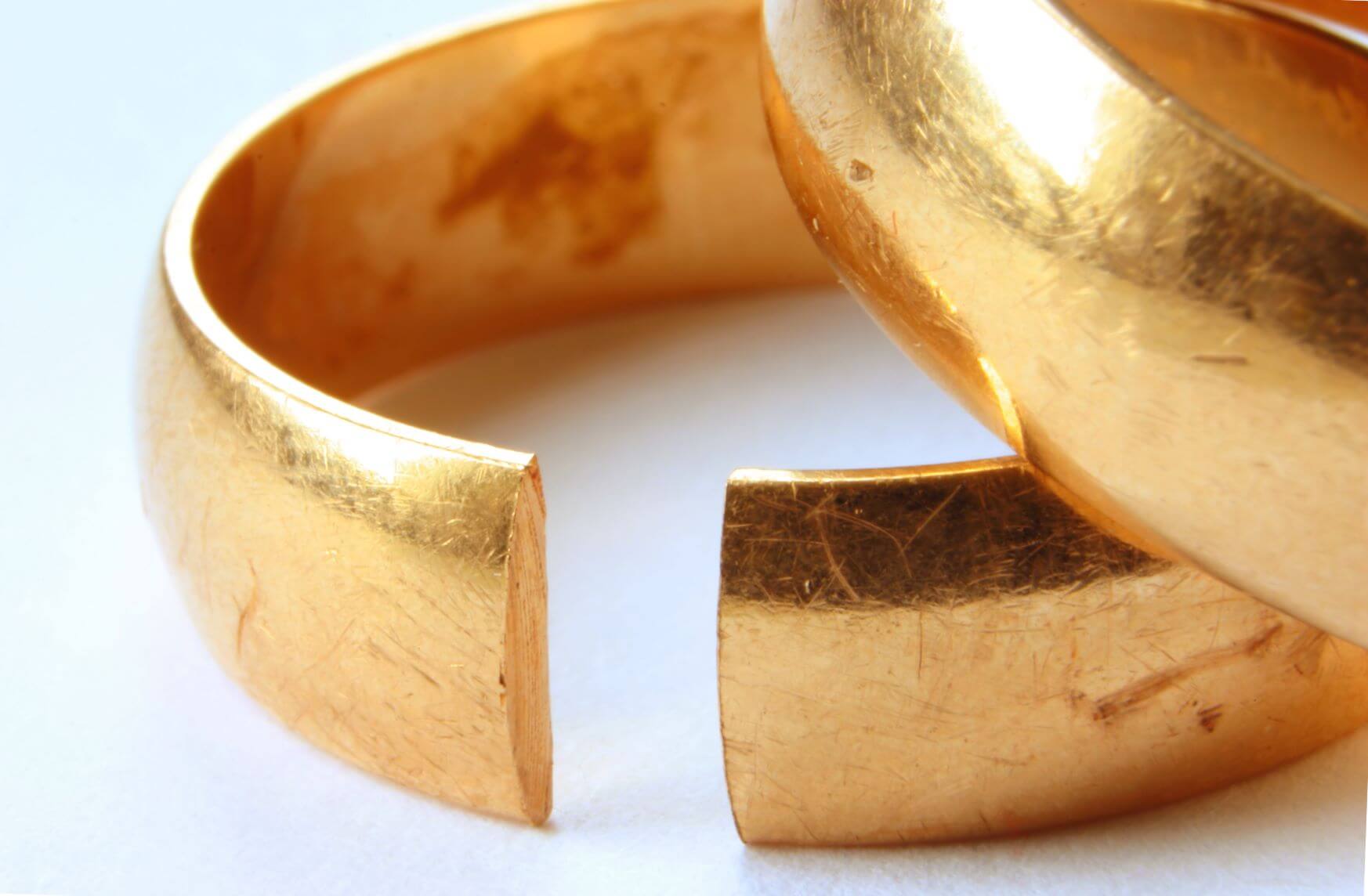
Wedding Ring Finishes
The next piece of essential wedding ring terminology to familiarise yourself with is the wedding ring finishes. What are the different types of wedding ring finishes? When it comes to the final look of your wedding band, there are a variety of options available to suit every style.
If you’re thinking about getting the right ring finish for you then here are some terms that you should know about.
Coarse Matt finish – A more textured finish with decorative features.
Filigree finish – A vintage design where small precious metal threads are created to form a lacy and artistic design.
Fine Matt finish – A non-reflective finish with minimal surface texture.
Hammered finish – A dented surface finish created by a tiny hammering technique.
Hand Engraving finish – A jeweller hand carves the precious metal with unique designs.
Millgrain finish – Antique and vintage styled finish where a delicate beaded design is formed along the edge of the piece.
Mirror finish (polished) – A mirror-like surface on the ring due to the highly reflective polished finished. One of the most popular ring finishes.
Sandblasted finish – A high-pressure sandblasted finish resulting in a textured effect.
Satin finish – Less shiny appearance compared to the polished finish. The finish does not show slight scratches so easily.
Stardust finish – A part-polished and part-sandblasted finish that gives off a sparkling effect.
Super Scratch finish – A natural worn-in, scratch design finish that is created by hand.
Now that you are well versed in basic wedding ring terminology, hopefully you will feel like an expert when it comes to choosing your wedding band.
Maybe you might teach them a thing or two about what the wedding ring metal works best with a particular finish or what style works best with a specific ring profile!

